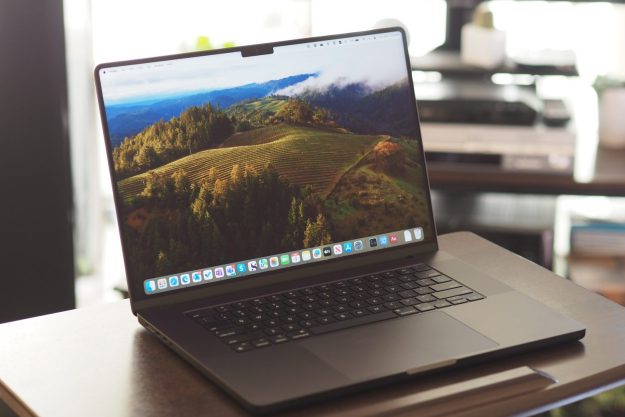In 2016, Apple’s introduced the Touch Bar to its MacBook Pro models, to all except the base model 13-inch MacBook Pro. However, reception to it was mixed. All those changing icons were difficult to learn, and many people found that they kept accidentally brushing the Touch Bar and launching all sorts of functions they didn’t want.
If you are in this boat, we can help. Here are a couple effective ways to limit or disable the Touch Bar on your Mac.
How to limit Touch Bar functionality

If you want an easy way to deal with the Touch Bar, you can quickly freeze it to only basic control commands. In its natural state, the Touch Bar will switch to unique sets of controls for most apps that you open. If this is the primary thing that you dislike about Touch Bar — all those shifting icons that you don’t have time to memorize or understand — then you can disable this part of the Touch Bar, while still leaving the Bar active for changing simple settings.
Step 1: Head to “System Preferences,” the gear-filled icon in the Dock. Once there, select “Keyboard.”
Step 2: Make sure that you are on the first tab in this section, the one that says, “Keyboard.” If you are on a MacBook Pro with a Touch Bar, you will notice an extra section in this area specifically for the Touch Bar. You can change several settings here, but the one you want to select for this process is “Touch Bar shows.”
Step 3: Switch the “Touch Bar shows” dropdown menu to “Expanded Control Strip.” This will lock the Touch Bar on the control strip give basic functions like brightness, volume, skipping songs, and splitting windows. The Touch Bar will not switch to any other settings while this option is enabled, no matter what apps you use.
Of course, this option is only really effective if you don’t mind the Touch Bar being on. If your problem with the Touch Bar is more physical, like brushing up against it with your fingers, switching to only control commands probably won’t help at all. In fact, it could make things worse if you accidentally start messing with your volume or screen brightness. For issues like this, it’s best to consult our second option.
How to disable the Touch Bar entirely

Unfortunately, Apple doesn’t provide a way to fully disable the TouchBar. However, there is a third-party app called Bar None developed by Shaun Inman that does just that.
The way it works is pretty simple. Once you install it, Bar None exists in the top menu and will not allow the Touch Bar to operate without the user holding FN. You will have full protection against unintended clicks as Bar None requires you to take that extra step, ensuring you only utilize the TouchBar when you actually want to.
You will have to visit the Bar None site to access the app download. Then you will change your Macbook’s permissions by going to System Preference > Security & Privacy > Accessibility.
Bar None safeguards against unintentional touchpad clicks by activating a protective mode which limits sensitivity while still allowing for some performance when the program is in default mode. If you want your touchpad to be locked entirely, so it gets no input, you can change the Bar None settings by going to System Preferences > Keyboard. In this mode, your Touch Bar will only work when you tell it.
We provide a helpful and thorough guide on how to download MacOS Big Sur that you can use to better your Mac’s performance.
Editors' Recommendations
- Best laptop deals: Save on the Dell XPS 14, MacBook Pro 16 and more
- Best Apple deals: Save on AirPods, Apple Watch, iPad, MacBook
- iPad Pro M4 vs. MacBook Air M3: a harder choice than ever
- Here’s everything we know about the M4 MacBook Pro so far
- Best refurbished MacBook deals: Get a MacBook Air for $140 and more



